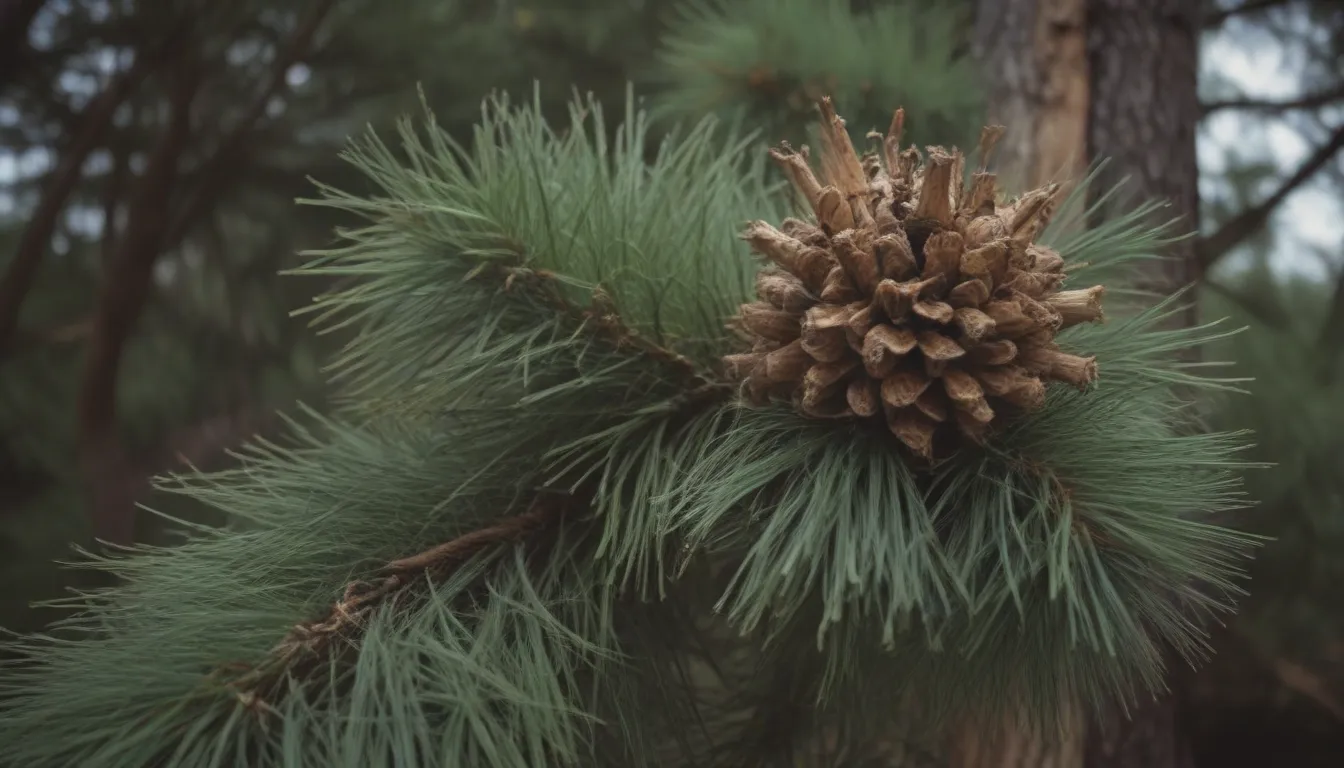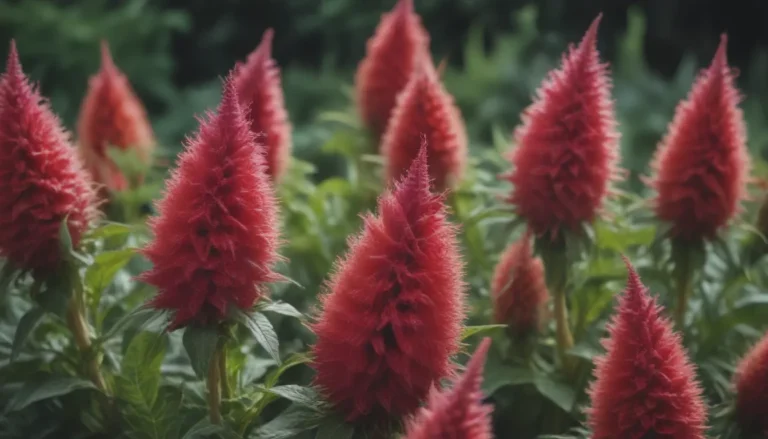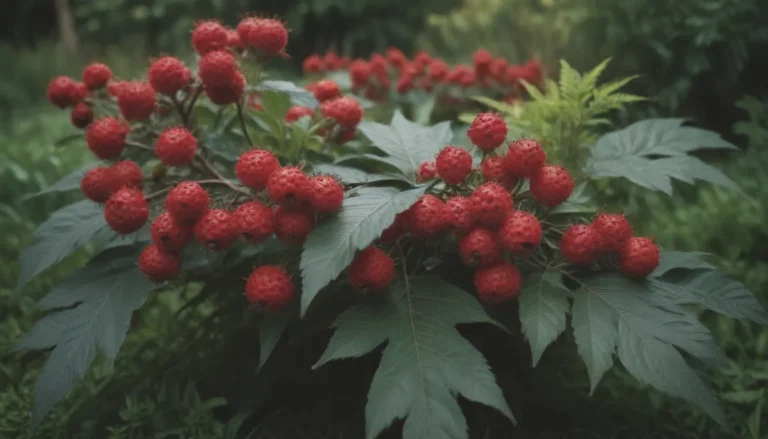The Ultimate Guide to Growing and Caring for Eastern White Pine

Are you looking to add a touch of nature to your landscape with the majestic Eastern white pine? Look no further! In this comprehensive guide, we will delve into everything you need to know about growing and caring for Pinus strobus, the largest conifer native to eastern North America.
Eastern White Pine: An Overview
The Eastern white pine is a fast-growing evergreen tree known for its long, soft, blue-green needles. With a span covering growing zones 3 to 8, this graceful tree can reach heights of up to 80 feet and widths of 40 feet. Whether you are looking to create a windbreak, provide shade, or simply enjoy its beauty in your yard, the Eastern white pine is a versatile and attractive addition to any landscape.
Main Care Requirements
Here are the key care requirements to help your Eastern white pine thrive:
- Light: Provide at least four hours of direct sunlight daily, but consider some afternoon shade in hotter climates.
- Soil: Plant in acidic, well-drained soil and mulch with pine needles to keep the roots cool.
- Water: Keep the tree well-watered when young, then water weekly with about 1 inch of water once established.
- Temperature and Humidity: Prefer cool, humid climates and may struggle in very hot conditions.
- Fertilizer: Feed in spring with a high-acid fertilizer designed for evergreens following label instructions.
Types of Eastern White Pine
While the species form is commonly planted, there are several cultivars worth considering, especially the dwarf varieties like:
– ‘Nana’
– ‘Compacta’
– ‘Blue Shag’
– ‘Contorta’
– ‘Fatigiata’
– ‘Pendula’
– ‘Aurea’
Pruning Tips
Regularly prune away broken, dead, or diseased branches. For shaping, prune in late fall, winter, or early spring when the tree is dormant.
Propagating Eastern White Pine
Propagating from seeds is fairly easy with Eastern white pine.
Common Pests & Plant Diseases
Be aware that Eastern white pine is susceptible to various pests and diseases, including white pine blister rust and white pine weevils. Take preventive measures to protect your tree and monitor for any signs of trouble.
Common Problems
One common issue with Eastern white pine is that it can quickly outgrow its space if not properly planned for at planting time. Regular maintenance and pruning can help manage its size and prevent it from overcrowding your yard.
Fun Facts
– The cones of the Eastern white pine are slow to decompose and can be difficult to clean up in the fall.
– Its pollen may dirty decks in the spring, and it can drop pitch on cars parked underneath.
– Place fencing around young trees to protect them from deer until they are large enough to be out of reach.
Additional Uses
– While not typically used as a hedge plant, Eastern white pine can be effectively used in this capacity.
– If you have saplings on your property, consider planting them in a row to create a free hedge. Regular pruning will help maintain their growth.
In Conclusion
In conclusion, Eastern white pine is a beautiful and versatile tree that can enhance any landscape. By following these care tips and being mindful of potential pests and diseases, you can enjoy the beauty of this majestic tree for years to come.
Whether you are looking to create a windbreak, provide shade, or simply enjoy its beauty in your yard, the Eastern white pine is a versatile and attractive addition to any landscape. With the right care and attention, you can successfully grow and enjoy this magnificent tree in your own backyard. Happy planting!





